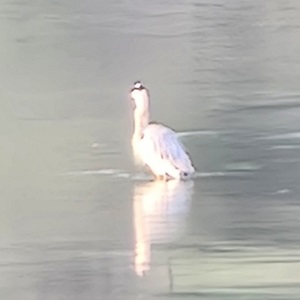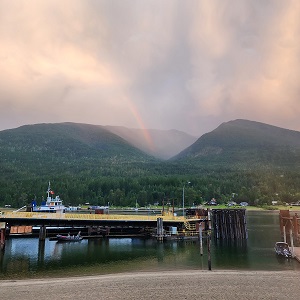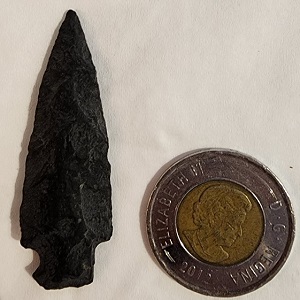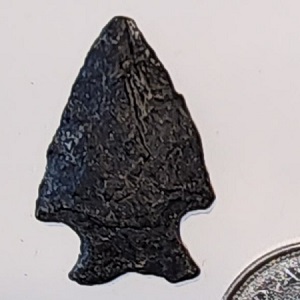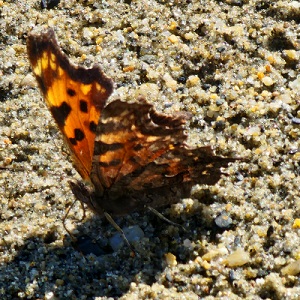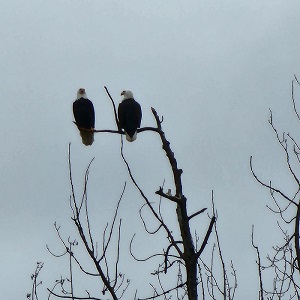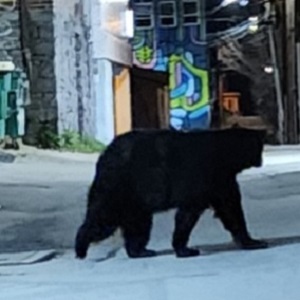Home
Below the Surface
- Details
- Written by: Rod Boyle
- Category: Link of the day
- Hits: 693
This is an intriguing site. While digging the tunnels for the Amsterdam subway, Archaeologists categorized some 20,000+ objects going back 12, 000 years.
Find them here: Link: https://belowthesurface.amsterdam/en/vondsten
You scroll endlessly through them, click on an object to learn more about it, where it was found, what it was used for.
Probably the best new website I've discovered this year.
The Euahlayhi Tribe - A Study of Aboriginal Life in Australia - by K. Langloh Parker
- Details
- Written by: Rod Boyle
- Category: Books
- Hits: 751
Now, time to begin going back through Levy-Bruhls' sources, and I found this online. Project Gutenberg. Link at the end of the article.
Anyways, a curious read, while she's clearly enamored with her subjects there are the superior European Prejudices at work.
Trying to cross-reference much of her vocabulary online is fruitless - while she first defines the word and gives you a glossary for the terms in the back, if you should attempt to find some further insight upon it you'll come up largely empty. Words like wirreenun's boondoorr, or dillee bag, Minggah, yunbeai, Goomarh (spirit stone), dinahgurrerhlowah, or moolee, (death-dealing stone), goorerwon, goomil, gurroo, Eulooway, Waddahgudjaelwon, and every page is filled with a dozen such terms. I was curious to see examples - photographs, she talks frequently about "crystals" the natives used for medicine, but - alas, there is no elaboration.
Anyways, a few of the more memorable (albeit not so Politically Correct) quotes follow:
"It is hard to believe a black ever does suffer from insomnia, yet the cure argues the fact."
When a baby clutches hold of anything as if to give it to some one, the bargie—grandmother—or some elderly woman takes what the baby offers, and makes a muffled clicking sort of noise with her tongue rolled over against the roof of her mouth, then croons the charm which is to make the child a free giver: so is generosity inculcated in extreme youth. I have often heard the grannies croon over the babies:
Oonahgnai Birrablee,
Oonahgnoo Birrahlee,
Oonahgnoo Birrahlee,
Oonabmillangoo Birrahlee,
Gunnoognoo oonah Birrahlee.Which translated is:
'Give to me, Baby,
Give to her, Baby,
Give to him, Baby,
Give to one, Baby,
Give to all, Baby.'
In the characters of witty repartee, invariably somewhat racist:
An old gin who worked about the station had a pierced nose, and often wore a mouyerh, or bone, through it. A white laundress wore earrings. She said one day to the old gin:
'Why you have hole made in your nose and put that bone there? No good that. White women don't do that.'
The black woman looked the laundress up and down, and finally anchored her eyes on the earrings.
'Why you make hole in your ears? No good that. Black gin no do that, pull 'em down your ears like dogs. Plenty good bone in your nose make you sing good. Sposin' cuggil—bad—smell you put bone longa nose no smell 'im. Plenty good make hole longa nose, no good make hole longa ears, make 'em hang down all same dogs.' And off she went laughing, and pulling down the lobes of her ears, began to imitate the barking of a dog.
Certainly, amongst the blacks, age is no disqualification for a woman; she never seems to be too old to marry, and certainly with age gains power.
There are two codes of morals, one for men and one for women. Old Testament morality for men, New Testament for women. The black men keep the inner mysteries of the Boorah, or initiation ceremonies, from the knowledge of women, but so do Masons keep their secrets.
The bush of Australia is a good background for superstition; there is such a non-natural air about its Nature, as if it has been sketched in roughly by a Beardsley-like artist.
Poor old Beemunny! Something in my own woman nature went out to her in sympathy. She was old, she was ugly, her husband was dead, as were all men to her.
***
Anyways, more anecdotal than a thesis, colorful depictions of a way of life largely disappeared. Other interesting points - that they enforced the death penalty for women convicted of infidelity, and she describes the infidelity as "frailty", which is a curious turn of the phrase. There is the ritual nature of initiations, the descriptions of the desert and bush, the Yowee, a skeleton spirit with big head and fiery eyes whose coming meant death, and the recognition that - as observed abundantly in Western Culture and various others - that frequently when dying the aborigines would recognize the dead coming to escort them.
And then her throw-away remark about geologists suspecting that there might be diamonds on the Moorilla ridges...but, search as I may, there's nothing, only wineries...
Link: Wiki on K. Langloh Parker
Link: The Euahlayhi Tribe - A Study of Aboriginal Life in Australia - by K. Langloh Parker
Dall-E: The Variety Show
- Details
- Written by: Rod Boyle
- Category: Images
- Hits: 552
Playing with Dall-E and wondered what it would come up with for a handbill for the infamous show put on by Woland and Behemoth at the Variety Theatre in Moscow.
Some good results, starting points, I would suggest.
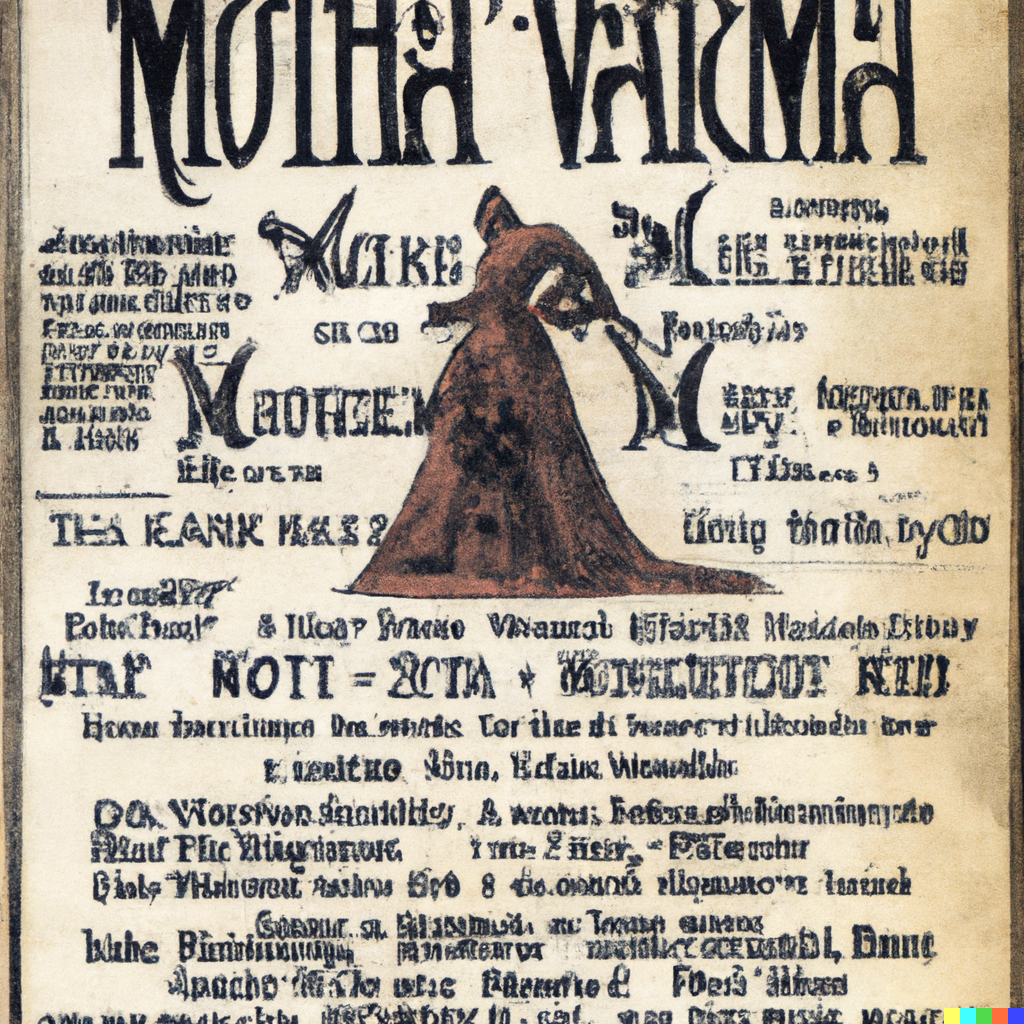
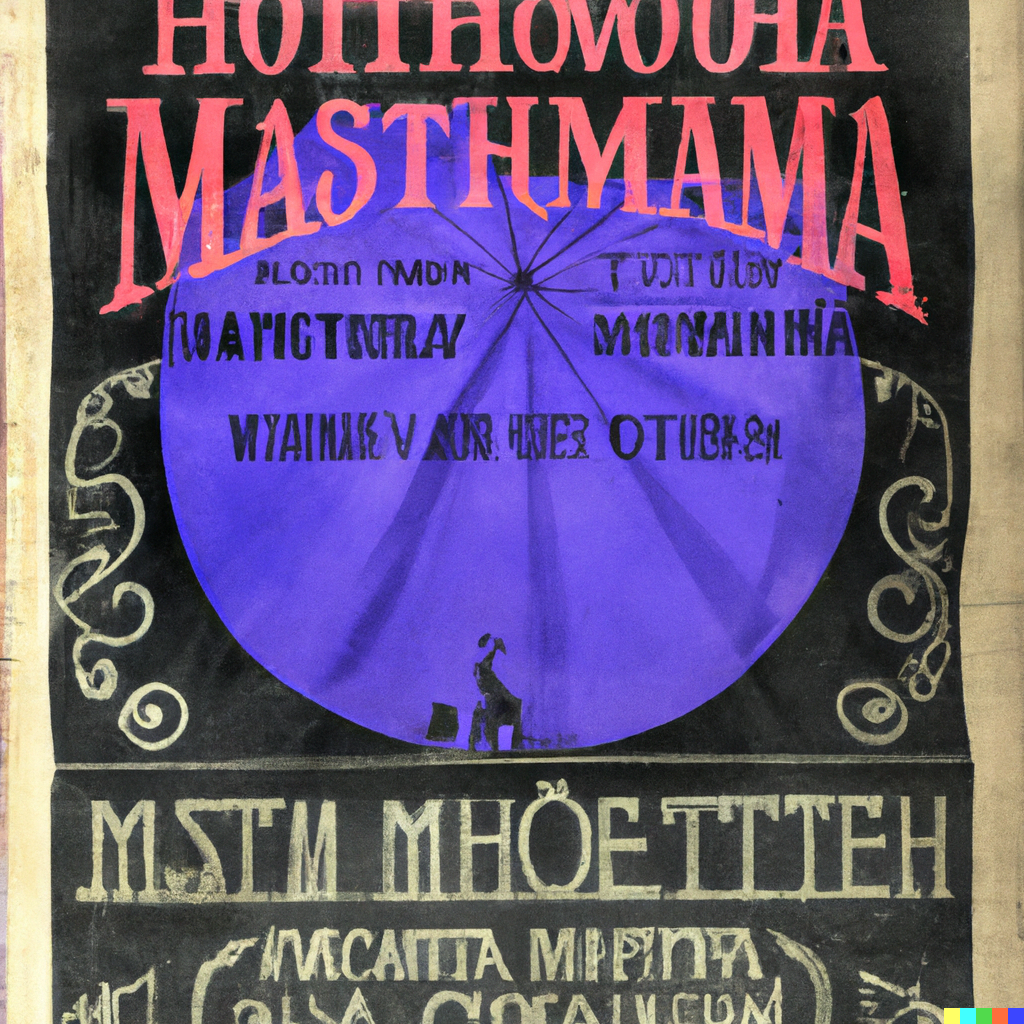
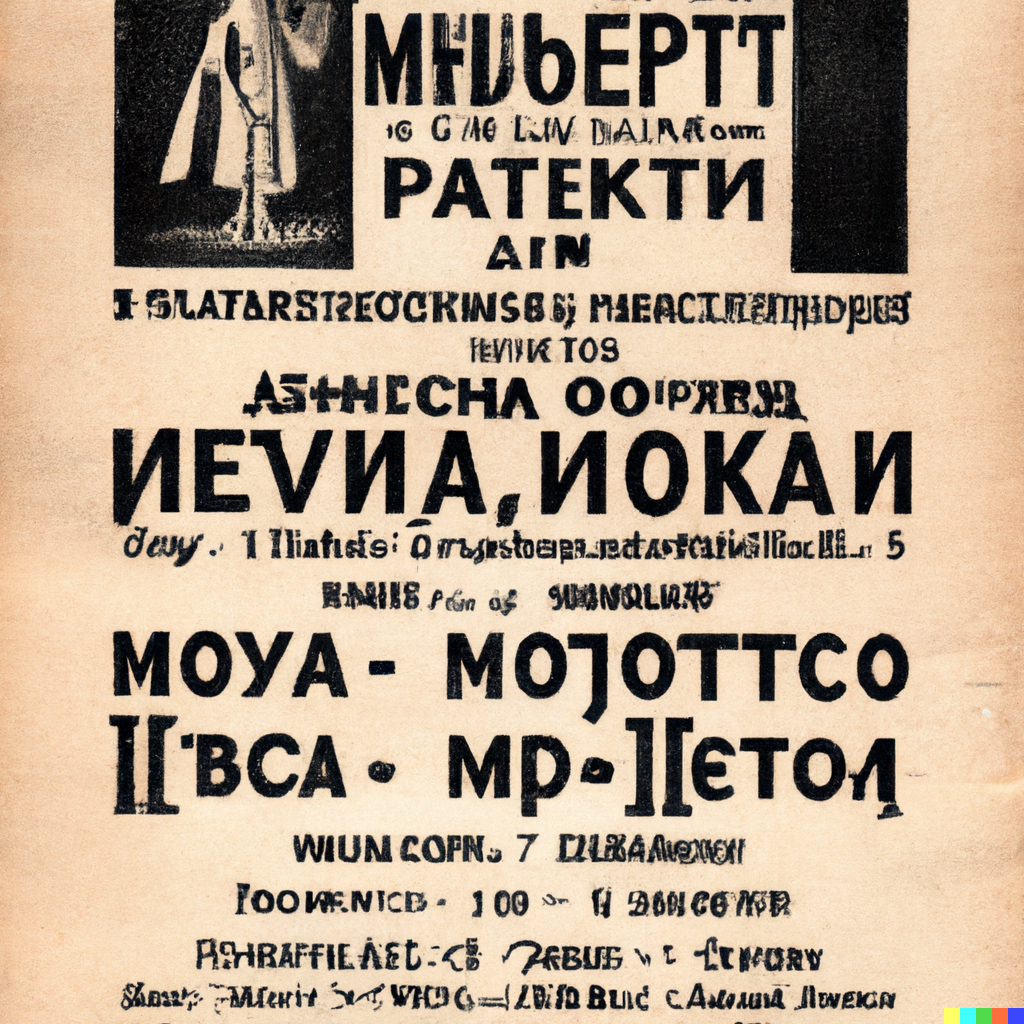
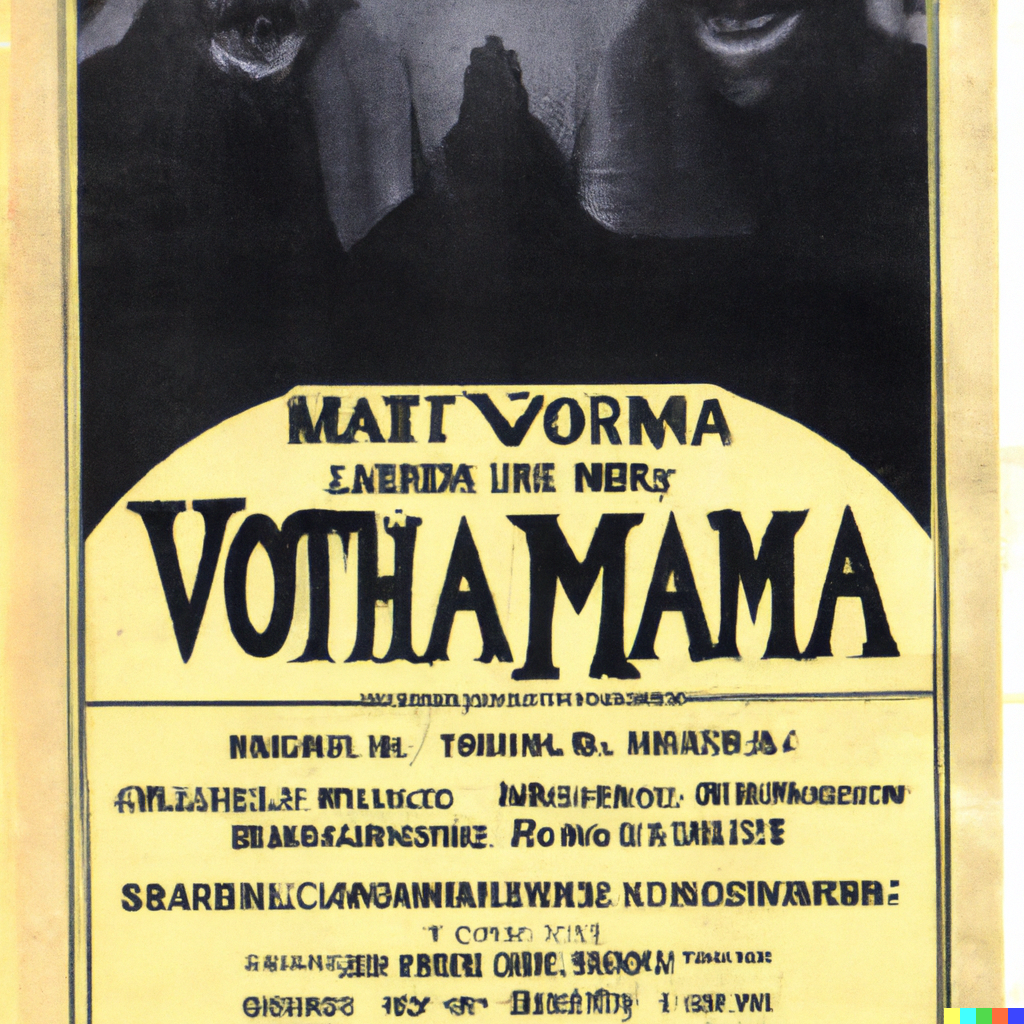
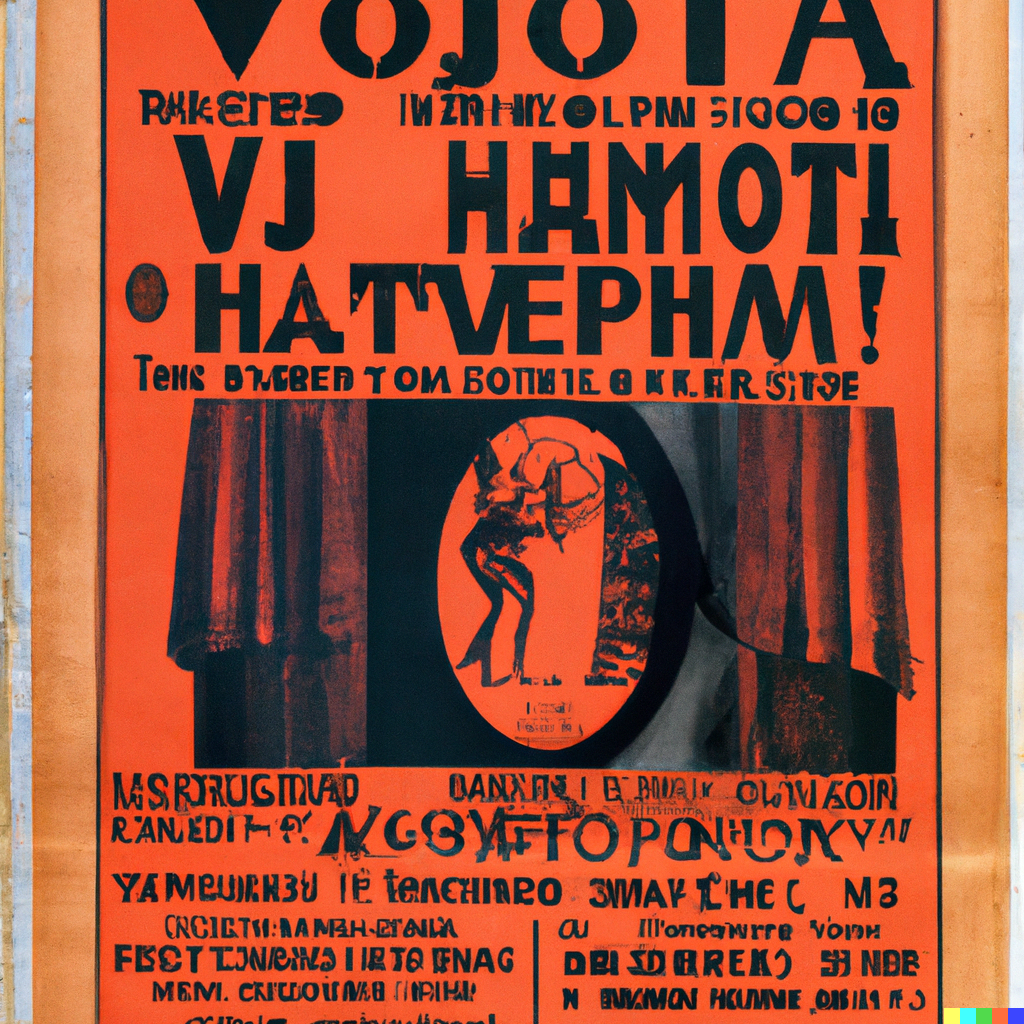
I'm not certain if that's real Russian/Cyrillic, or not, and if it is what it might be saying...
Tried it on a different AI generator - Stable Diffusion - these were the results:

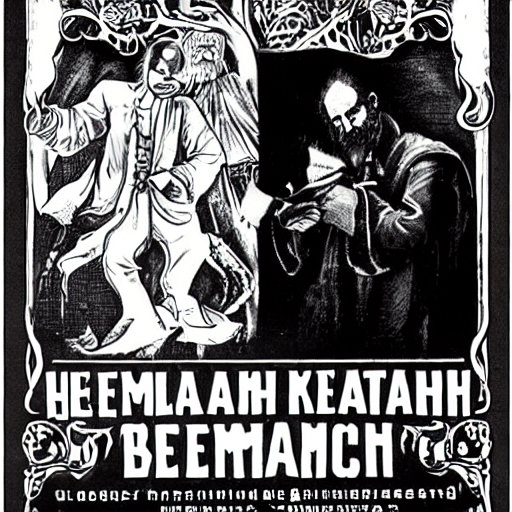
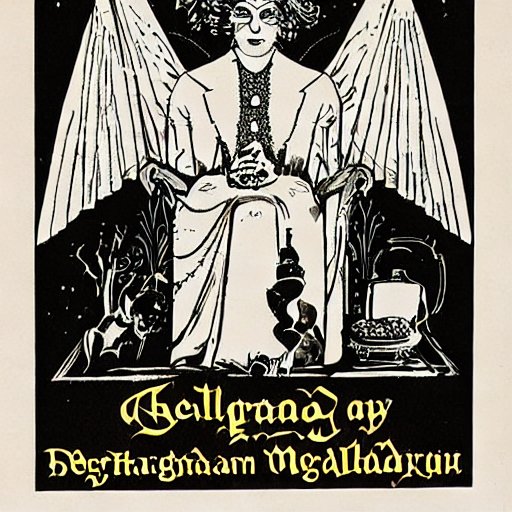
Primitive Religion - Robert H. Lowie
- Details
- Written by: Rod Boyle
- Category: Books
- Hits: 683
Written 1924, was rather inspired by Levy-Bruhl to keep within the genre. Although this was in no ways as inspiring.
This was - well, you are looking at the same issues through different lenses. This is the fascination with this - in a way, to be like a judge, you have to learn to read the author, and judge him, then you read the people he is telling you about, and judge them realizing that it's through his eyes, and then finally you have to mentally construct or imagine that tribe from some point in the middle of what the author's telling you, what he's omitting, his own, often limited understanding, and what the tribe is explaining or choosing to explain to him or her.
And there are, of course, the abundant shortfalls of language, the culturally taking for granted that which cannot be taken for granted.
So - all this said, in light of the Authors clearly displayed prejudices, and given the thorough lack of SYSTEMATIC study, in which different cultures are examined and broken down - often on completely different axis, make this perhaps less of a textbook than part of a whole understanding that (as far as I can tell) has yet to be assembled.
Ideally, anthropologically speaking, there would be a map or spreadsheet of the different cultural taboos, listing first the tribe, their location - equatorial, jungle, desert, polar, island, their climate, their foods, drinks, taboos, broken down into things like menstruation, adolescence, hunting, war, agriculture, we'd be able to correlate the migrations and patterns of belief, at the moment we are merely reading travelers tales cherry-picked to support the authors own cognitive bias.
So, this said - onto my notes:
First of all, the author attributes a much more liberal view to most of the tribes he examines than does Levy-Bruhl. Is this because he's examining different tribes, or is it a result of him projecting himself into it? That said, I found Levy-Bruhl to be considerably more "Liberal" in his outlook than Lowie - so odd they should regard so differently the objects of their studies. In substantiating this Lowie points out that while most North American Indians are implicitly bound up in their cultures, there are fewer explicit taboos prohibiting contrary views within the tribe. You are welcome to think different, if you can escape the lens of culture you've been raised within.
Examples he provides of this are certain Hawaiian Chiefs, who announced themselves free from God and Superstition, as far as their culture would let them. This was often attended by a certain awe by their tribe, who awaited the wrath of the gods or spirits, and - while it may seem a great liberality to renounce God and Superstition it should be noted that this has almost always been a licensed privilege granted Kings and Chiefs, and rarely tolerated in anybody else. So perhaps he's misreading "Privilege" as "Liberality".
Second, Lowie, American, has a fair amount of first-hand experience with Tribes of the North American Indian, and exhibits a great deal of favoritism for them. SO most of his information comes from first-hand association with them. With them he talks about their beliefs regarding "Trans" people, or the third gender, which seems to be acknowledged and socially accepted with most of the North American Tribes he notes, and he compares it to Shamanistic traditions in Siberia, but the author in examining it declares the people "Pathological", reflecting a lack of objectivity that would be preferable in describing them. While understandably very much a product of his time - understanding eschews judgement.
Similarly he ascribes greed to the selling by the tribesman of "supernatural prerogatives" to his children when - in my view it seems clear - it is simply that by charging them dearly for his "lifetime's accumulation of juju/fetishes/bundle/etc" he is merely ensuring they value it as much as he did.
Note - that in this evaluation there is raised 2 problems - the evaluation or examination of someone else's religious beliefs by either:
- - Someone who has none of their own.
- - Someone who has their own firmly held beliefs.
Both of which seem to preclude objectivity, and with this the question - how to be objective in this?
He also makes passing reference to superstitious and magical thinking in animals - with no follow up, but it does inspire one to consider. Is religion/magic/spiritual thinking exclusively the domain of men?
Taking a moment to think on this myself I'm inclined to think not. There are, of course, Skinner's Pigeons, whom displayed all manners of "religious" behaviors in their efforts to get fed. But consider as well the mating displays of fish, and almost all birds - the dances of the birds of paradise or the bower bird, and go on. How - specifically - did they evolve to the point of the elaborate ritual to summon a mate? And this seems largely to be instinctual. There is - to my eye - any perceivable difference in nests, yet one will draw a mate and the other will fail. And so it continues.
Noteworthy is the custom - apparently almost universal - of tribes modeling the "afterworld" of the deceased on the world of the living, with a few differences and embellishments. Note that different cultures give different weighing's to it - the Crow tribes of Montana paid it little interest, the dead were gone - yet in Africa and other places entire ancestor cults sprang up. What they have in common is the resemblance of heaven to earth, only slightly improved. Here we have Christianity, Mormons (if you can stomach the perpetually bad 80's decor as an 'improvement'!), Muslims, certain Chinese interpretations of Buddhism where you need burn "Hell Money" as an offering to the dead to facilitate the incomprehensible bureaucracy and bribery that comprise their version of heaven/hell. The Tibetans provide for a metaphorical journey and series of rituals to guide and placate the spirits on their final journey, which, as it seems precisely to be ritual and metaphorically bound seems to offer a more thought out ritual approach.
There is the almost universally regarded "Inferiority" of women in most respects, I've yet to see an instance where women where yet accorded an "equivalent" status. Not that it doesn't exist, I just haven't read about it. There are the abundant cross-cultural taboos regarding menstruation (which he updates later) - that while menstruating they must isolate their tents from the camp, prepare no food, have restrictions on diet, etc. etc. This seems to be largely a Taboo on the bleeding - which, in supernatural context - might have it's roots in the "Blame the Victim" mentality.
He makes note of the Australian Aborigines - described as: "The rudest savages as to whom we possess accurate information," "Universally practice magic and eschew religion; they are all magicians, none of them priests."; which he later opposes, but - in this he's correct - Australia is currently regarded as having the "Oldest Civilization", with over 50,000 years of history, and, really, if you're properly indoctrinated into the tribe nobody has need of priests.
While searching his sources and other salacious points regarding the Aboriginals I came across a few interesting articles:
- The Euahlayi Tribe - A Study of Aboriginal Life in Australia - K. Langloh Parker
- Changes to Culture -4,000 years ago
And, additional: Mention of a "Father & Son" set of bones (for divination) the author was eager to acquire - the "Father" is for at home, the "Son" is for travel -> hence - we have - again, in cultures separated by tens of thousands of Millenia - the father=thought son=action, followed by:
Some Notes on Synesthesia - That synesthesia seems to be a result of firmly formed correlations & associations n childhood - so why am I still read about this 100 years later...
And so, a far less enriching read than the preceding, but - everything adds to the canon.
Page 164 of 876


